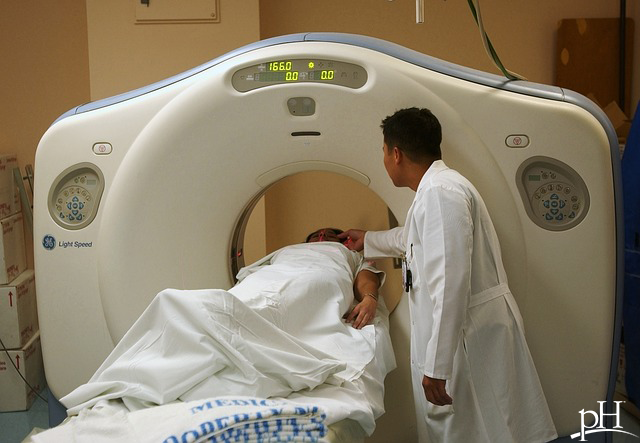Too much radiation from CT scans?
10 years ago | Hospitals
By pH health care professionals
CT scans and X-rays expose patients to radiation every day. But how much is too much? Should patients be worried about how quickly they get referred to the scanner during an office or urgent care visit?
Most radiation exposure occurs from CT scans. One abdominal CT equals 400 X-rays when it comes to radiation. Since the rate of CT scan ordering has grown by 50-600 percent over the last few years, some researchers estimate that 2 percent of all future cancers in the U.S. will be attributable to CTs.
The risk of radiation is in DNA damage to your cells. This is referred to as ionizing radiation, while non-ionizing radiation damages through heat (like a microwave). CT is considered to account for 24 percent of all radiation exposure, while 50 percent comes from “background,” meaning it comes from our general environment. Only 2 percent is industrial-related.
Blood-forming organs, like the bone marrow, are the most susceptible to radiation because they turn their cells over faster. More cell turnover = more chances for a cell to have damaged DNA and start making damaged copies. Damaged cells are cancer cells, unless the body gets smart and kills them off.
Though these are theoretical models, one study estimates that one in 500 people who get a body CT at the age of 20 will develop cancer. Thus, it is important to get CTs only when the benefits outweigh the risks. If you are being asked to get a CT scan, ask whether there are alternatives, such as an ultrasound. It is acceptable to ask what the doctor will be able to tell from the CT that can’t be gleaned by other means.
MRIs and ultrasounds are other imaging methods that don’t carry the same risks. Not everyone is eligible to get an MRI. However, embedded metal in your body may disqualify you.
Be proactive
Protect yourself from the negative effects of radiation if you do get a scan. Researchers are studying all kinds of compounds to determine what supplements and medications can prevent or help with damage from radiation. One study of mice reported that vitamins A, C and E (all antioxidants) protected mice from dying when exposed to gamma rays. So reach for those colorful vegetables, and start loading up on antioxidants — especially before your appointment at the radiology suite.
Like this article? Subscribe to pH’s e-newsletter to stay informed. You’ll receive an email just once a month that highlights some of pH’s most helpful recent articles. Sign up here.
Enjoy Your Healthy Life!
The pH professional health care team includes recognized experts from a variety of health care and related disciplines, including physicians, attorneys, nutritionists, nurses and certified fitness instructors. This team also includes the members of the pH Medical Advisory Board, which constantly monitors all pH programs, products and services. To learn more about the pH Medical Advisory Board, click here.



